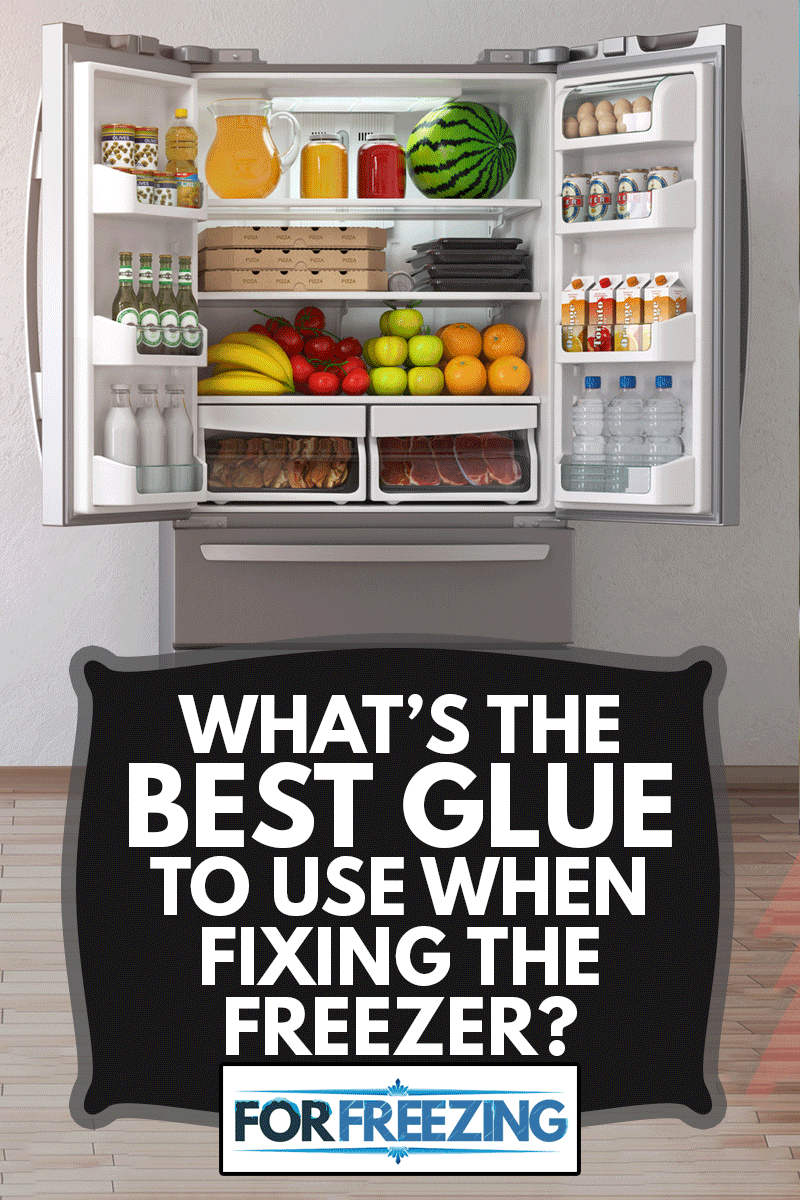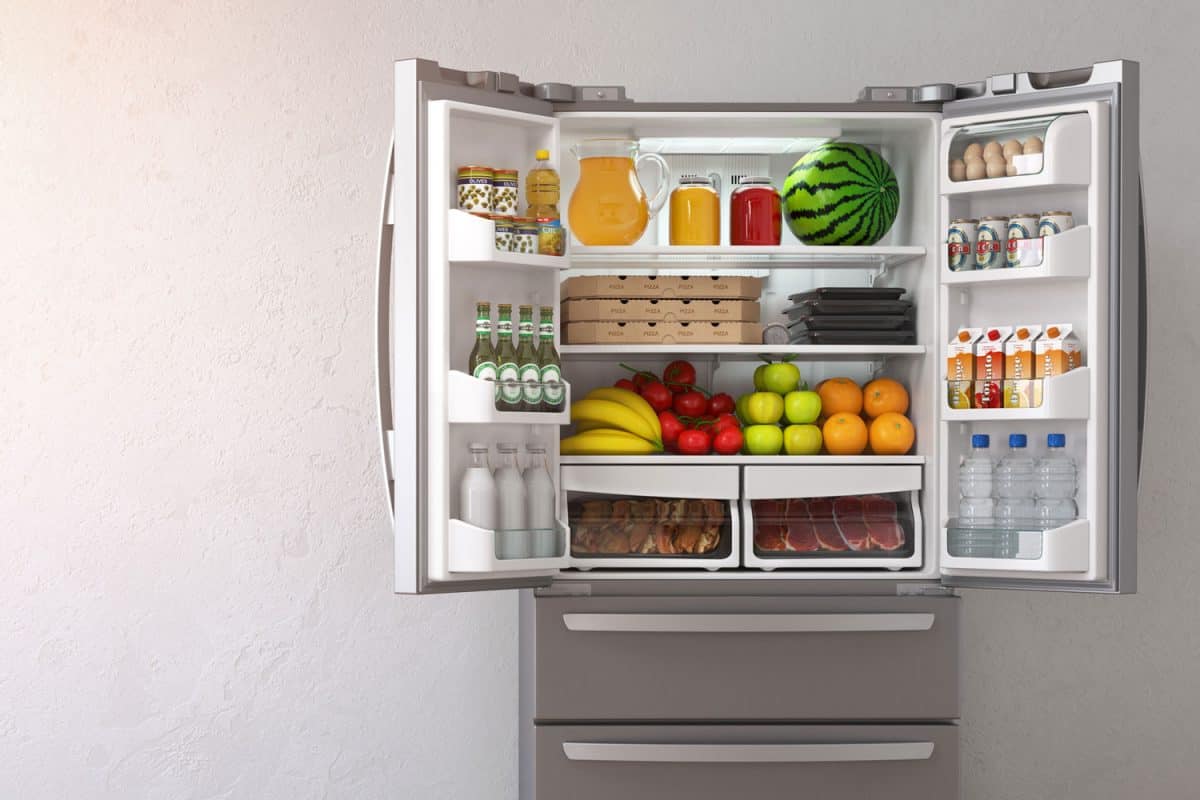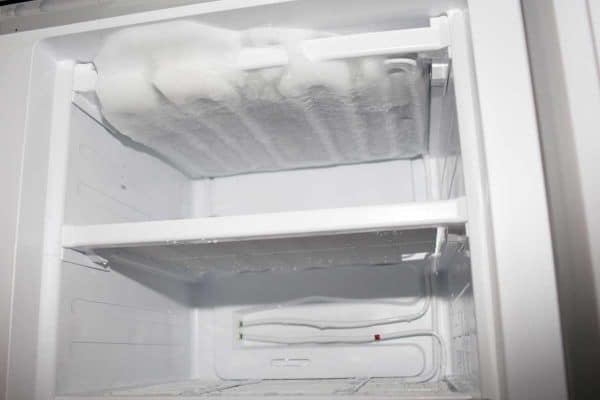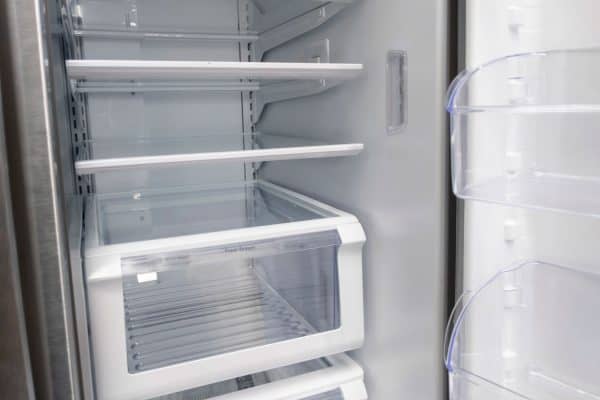Have you ever experienced having a freezer crack either in the wall or drawers? Although you can easily buy a replacement, the cost of a brand new drawer may deter you from buying. If you decide to go the DIY route, can you use glues commonly used in repairing malfunctions at home? We looked at the available information on the web and listed below what we found out.
Cyanoacrylate-based glues and silicone food-grade sealants are best used for freezer repairs as they are cold-resistant and waterproof. Commonly known as superglues, cyanoacrylate can quickly fix broken parts within seconds. The brands below, not stated in a particular order, are some of the best to use when fixing the freezer:
- Strongest Glue by HG Power Glue
- Sugru Moldable Glue
- Professional Grade Cyanoacrylate (CA) Super Glue by Glue Masters
- Silco RTV 4500 Food-Safe Silicone Sealant in Clear
- Gorilla Micro Precise Super Glue Gel
Since you may not have used glue before to repair freezer cracks, let's dissect some attributes that you need to consider before buying an adhesive to use in your repair.
NOTE: WE MAY GET A COMMISSION IF YOU DECIDE TO MAKE A PURCHASE THROUGH THESE LINKS. THERE'S ADDITIONAL NO COST TO YOU. CHECK THE BOTTOM OF THE PAGE FOR MORE INFORMATION.

What attributes do you need to consider before selecting glue?
Considerations in selecting a glue that can be used in the freezer include moisture and cold resistance, tensile strength, toxicity, and physical property when dried. These are important as you would not want to be constantly repairing your cracks. Possible contamination of the food stored in the freezer should also be considered.
Moisture and Cold Tolerance
Freezing tolerant adhesives include epoxy-based glues, cyanoacrylate, and silicone-based when dried. It is, however, required to apply them while the freezer is at room temperature. Depending on the part to be fixed, you may need to remove the food stored and unplug your freezer.
For better apposition, scrape the surfaces for repair a bit while keeping them very dry. For cyanoacrylate, you would want to start dry as interaction with water can easily activate it to polymerize and can shorten your working time before it sets.
All three can easily withstand temperature of -49°F but anything lower than that can cause them to break.
Tensile strength
Tensile strength is measured in pounds per square inch. It indicates how strong the cured product is. The higher the number indicated, the higher load it can bear. But this is affected by the material to be glued together and the direction of the effect of weight.
Epoxy-based glues and cyanoacrylate tensile strengths are 2900–4400 and 4400 psi, respectively.
Toxicity Grade
Of the three, only silicone-based glue has been credited as FDA and USDA approved for using 100% food-grade silicone. An example is Silco RTC Silicone Sealant. It is useful when repairing cracks in the walls of the freezer or drawer beds which can directly interact with food.
If you have no access to silicone, you can opt to use cyanoacrylate-based or epoxy-based but would need to secure food with an additional layer of protection by placing trays between the repaired part and the food that you would like to store.
One particular glue that is not recommended in the repair of freezer plastic is Loctite. It is better reserved for outside the freezer repairs as it is highly toxic and not recommended to come in contact with food.
Other Physical Properties
Although aesthetics is the least of the consideration, it would still add some appeal if you can select a glue that most closely resembles the color of the plastic being fixed. This will exude a clean impression on the freezer despite obvious evidence of repair.
Cyanoacrylate glues remain clear when it dries while silicone turns into an opaque white. Although there may be colored silicone adhesives available. Epoxy-based adhesives may have a different tone when dried but they may be painted over.
Best Glues To Use When Fixing Your Freezer
We've discussed the attributes your glue should have for fixing the freezer. Now, let's get into some specific products. The following five can be used to perform the freezer-fixing that you need.
Strongest Glue by HG Power Glue
The strength is in the name of this glue. This power glue can be used for bonding, strengthening, filling, and modeling. Its chemical weld makes it extremely durable.
Click here to see this product on Amazon.
Sugru Moldable Glue
This glue may be the most fun one on the list. Mold it to the appropriate shape and size that you need. It's mess-free, versatile, and designed to hold a permanent bond.
Click here to see this product on Amazon.
Professional Grade Cyanoacrylate (CA) Super Glue by Glue Masters
This glue consists of industrial-strength cyanoacrylate. It settles in under 30 seconds and can be used quickly and efficiently in a handful of projects.
Click here to see this product on Amazon.
Silco RTV 4500 Food-Safe Silicone Sealant in Clear
If food safety is one of your top priorities, then you should definitely go with this glue. It's self-curing, easy to apply, and adheres to most surfaces.
Click here to see this product on Amazon.
Gorilla Micro Precise Super Glue Gel
This super glue has a formula fit for resistance and strength. It dries in under a minute, bonds to almost anything, and dispenses efficiently and smoothly.
Click here to see this product on Amazon.
What glue can be used in a freezer?
The most logical option is to use silicone-based adhesives, putting into consideration their physical properties and being 100% food-grade. But in some areas where you may need to reinforce, you can combine with cyanoacrylates for the stronger repair of cracks.
Can flex seal be used in a freezer?
Flex Seal can be an option to repair cracks in your freezer. It is a liquid rubber that you can spray onto the cracked area that can penetrate small cracks or crevices to gain an extra hold. It can stand a 3200 psi load and forms a water-tight seal. It may prove helpful in areas where the cracks can let water seep inside and might compromise electrical components.
The nozzle spray can provide you several options on how much you can apply at any given time. Spray thinly, layer after layer, putting a gap between each spray to allow the product to dry. It will feel dry to the touch within 2 hours but it is recommended to let 24 hours pass for a complete cure.
What is the best glue for a freezer drawer?
Glue with the highest tensile strength to withstand the impact is preferred and with minor toxicity. You can either choose a cyanoacrylate or silicone-based adhesive.
For the drawer face, you can opt not to reinforce as this bears the lowest impact. But for drawer beds and rollers, consider using reinforcement of either plastic of the same material or drilling holes on either side and placing a wire or tie to hold it together before placing your adhesive.
Make sure you cure it for 24 hours to get the maximum benefit of your glue and lengthen the life of the repair.
Can you use superglue in the freezer?
There were mixed reviews on this, but several DIYs have mentioned ">super glue with the addition of baking soda to act as filler. You would need to apply the superglue first on a pre-sanded area. Once fully covered with superglue, slowly add the baking soda onto the site with glue and wait for it to set. You can wipe off any excess baking soda or scrape lightly with the same sandpaper used earlier while preparing the area to be glued together.
Will super glue dry faster in the freezer?
The drying of super glue is not affected by temperature but by exposure to moisture or air. It is not advised to apply the glue directly into a functioning freezer as you will not get the desired outcome—it will not dry up. Heat is needed to start polymerization.
Since it is cold-tolerant, there is a possibility that it can remain in the same liquid state. So, you may just contaminate your freezer instead of fixing the crack. Some reviews have cited that placing your remaining superglue in the freezer can help prolong its life. Freezing prevents the water from drying out and therefore prevents polymerization.
What glue can withstand freezing?
As discussed above, epoxy-based, cyanoacrylates, and silicone-based glues can withstand freezing conditions. Their application, though, must be done under room temperature so as to be useful in fixing your freezer.
Take-Home Summary

Using adhesives to repair freezer problems such as cracks is a viable option. However, you need to consider the type of adhesive you will use and the freezer part that needs to be repaired. Choose the least toxic glue to fix your problem area as you would not want your food to be contaminated. Make sure you unplug the freezer if the area to be fixed cannot be detached. It will be much more straightforward if you can pull out the part so that you don't have to turn off your freezer and thus save you from defrosting it entirely.








![Woman hand open plastic white container drawer in new refrigerator. How To Put A Freezer Drawer Back In [Inc. For Specific Brands]](https://forfreezing.com/wp-content/uploads/2021/09/Woman-hand-open-plastic-white-container-drawer-in-new-refrigerator.-How-To-Put-A-Freezer-Drawer-Back-In-Inc.-For-Specific-Brands-600x400.png)